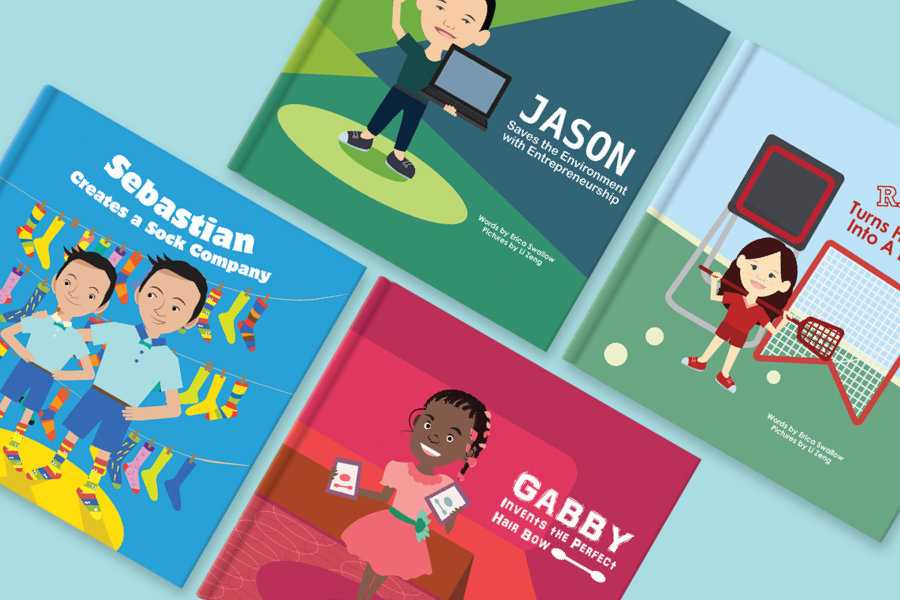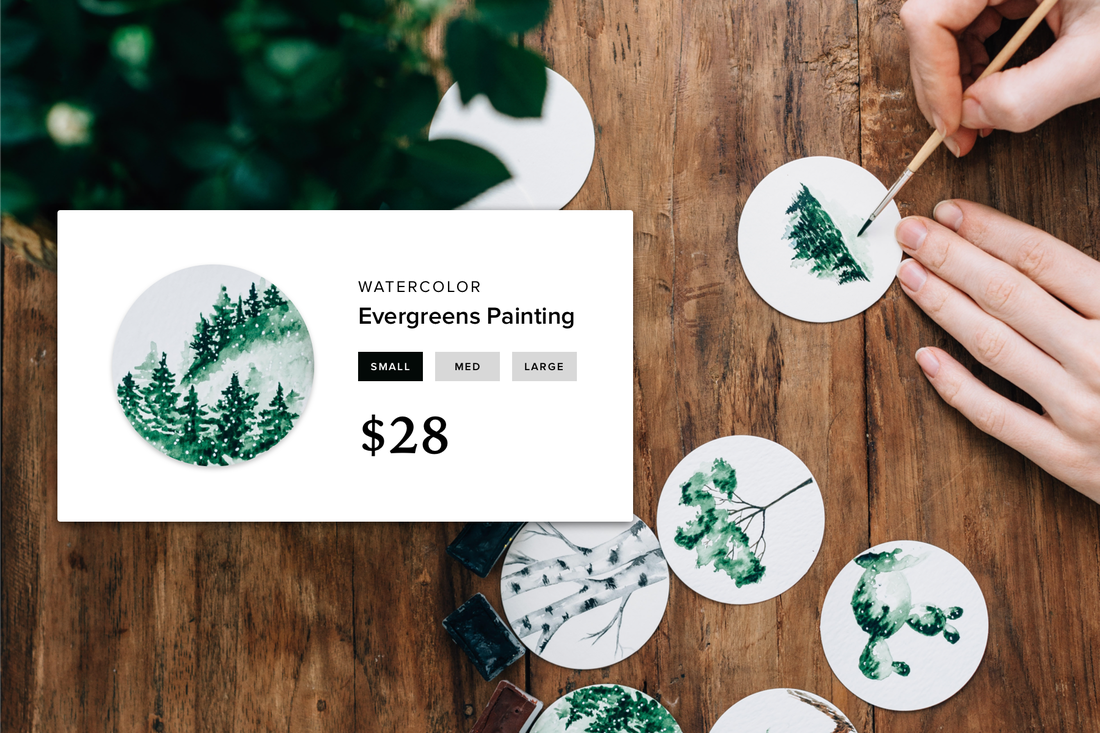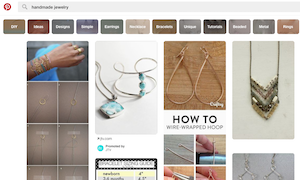In the e-everything era, making yourself and your services easy to find can be the key to landing jobs. A LinkedIn profile isn't enough. To really wow prospects and hiring managers, you need an online resume.
What does that look like? In a Q&A session at Quora, engineering recruiter Ambra Benjamin says an online resume needs to be both comprehensive and interactive. A well-crafted website can provide that.
"If you have an online footprint, and you've bothered to include it in your resume, I'm gonna click. This includes personal domains, Quora profiles, Twitter handles, GitHub contributions, Dribbble accounts, or anything a candidate has chosen to list. Two out of three times, I almost always click through to a candidate's website or Twitter account. It's one of my favorite parts of recruiting. You never know what you're gonna get."
Therein lies the beauty of a resume that breaks the bounds of paper. Not only can you communicate more information with a website, you can also use images and audio to add richness to your profile.
Imagine you're a musician hunting for gigs. Is it better to send promoters a set list or a demo tape? One says what you plan to do. The other demonstrates your skills as a performer, which is much more likely to get you hired.
Dance music DJ Damien Paul, co-founder of the lifestyle brand Rabbit Revolution, has taken this advice to heart with an artist page that includes awards, notable gigs and a sampling of his best mixes. Prospective clients know exactly what they're getting when they hire him.
If there are limits to audio and video, it's that they are just snapshots in time that may not fully represent what you've achieved. Listing gigs can help, but even that leaves holes. What can you do to fill in those gaps? Publish your story.
That's what Bill and Wendy Southerland did. Click over to the "About Us" page on the website for their business, Red Chair Lavender, and you'll find out why they moved to Idaho in 1986, and what formed the basis for the lavender-based products business they have today. Just as clicking the "buy" button is easier when you know who you're buying from, managers are always more likely to hire the person with whom they feel a bond.
The web can also make it easier to connect. Instead of dropping a resume in the mail and waiting for a call that may never come, adding a contact form as well as social media buttons can get you talking with recruiters minutes after they've visited your site. Need a design idea? Streetwear maker The Weekend Collective uses a clean page that limits distractions and encourages visitors to get in touch.
"If you have an online footprint, and you've bothered to include it in your resume, I'm gonna click. This includes personal domains, Quora profiles, Twitter handles, GitHub contributions, Dribbble accounts, or anything a candidate has chosen to list. Two out of three times, I almost always click through to a candidate's website or Twitter account. It's one of my favorite parts of recruiting. You never know what you're gonna get."
Therein lies the beauty of a resume that breaks the bounds of paper. Not only can you communicate more information with a website, you can also use images and audio to add richness to your profile.
Imagine you're a musician hunting for gigs. Is it better to send promoters a set list or a demo tape? One says what you plan to do. The other demonstrates your skills as a performer, which is much more likely to get you hired.
Dance music DJ Damien Paul, co-founder of the lifestyle brand Rabbit Revolution, has taken this advice to heart with an artist page that includes awards, notable gigs and a sampling of his best mixes. Prospective clients know exactly what they're getting when they hire him.
If there are limits to audio and video, it's that they are just snapshots in time that may not fully represent what you've achieved. Listing gigs can help, but even that leaves holes. What can you do to fill in those gaps? Publish your story.
That's what Bill and Wendy Southerland did. Click over to the "About Us" page on the website for their business, Red Chair Lavender, and you'll find out why they moved to Idaho in 1986, and what formed the basis for the lavender-based products business they have today. Just as clicking the "buy" button is easier when you know who you're buying from, managers are always more likely to hire the person with whom they feel a bond.
The web can also make it easier to connect. Instead of dropping a resume in the mail and waiting for a call that may never come, adding a contact form as well as social media buttons can get you talking with recruiters minutes after they've visited your site. Need a design idea? Streetwear maker The Weekend Collective uses a clean page that limits distractions and encourages visitors to get in touch.
Finally, a comprehensive website can bring to life your brand and uniqueness in ways that a paper resume and a great LinkedIn profile can't. Artist Katie Daisy weaves together multiple pages into a formidable online presentation of her career, capabilities and process. You're invited to explore first, and then buy.
Imagine trying to communicate all that with a paper resume. It's impossible, right? Perhaps that's why Ambra Benjamin, the engineering recruiter, says that clicking through to websites and social profiles is her "favorite part" of the recruiting process. They show what you've done, but also who you are.
Are you doing everything you can to get recruiters and buyers excited about what you offer? Click here for a step-by-step guide to creating an online resume of your own.
Imagine trying to communicate all that with a paper resume. It's impossible, right? Perhaps that's why Ambra Benjamin, the engineering recruiter, says that clicking through to websites and social profiles is her "favorite part" of the recruiting process. They show what you've done, but also who you are.
Are you doing everything you can to get recruiters and buyers excited about what you offer? Click here for a step-by-step guide to creating an online resume of your own.
 Tim Beyers Tim is a freelance business writer. He writes about the business of innovation, comics and genre entertainment on The Full Bleed.
Tim Beyers Tim is a freelance business writer. He writes about the business of innovation, comics and genre entertainment on The Full Bleed.






